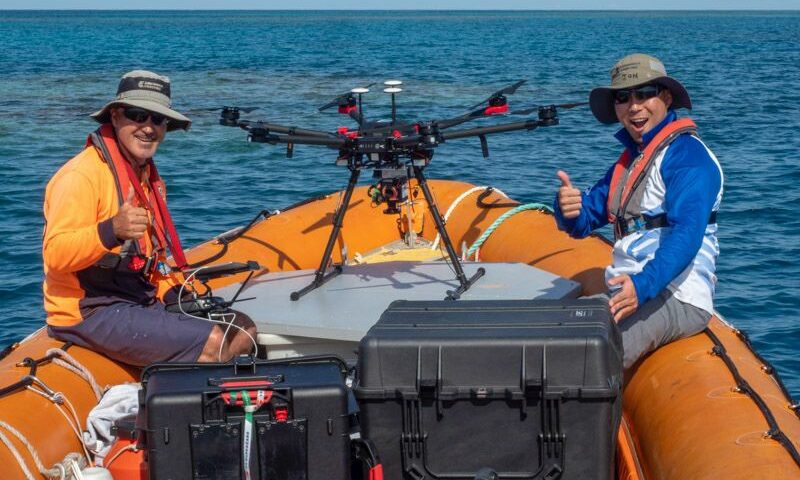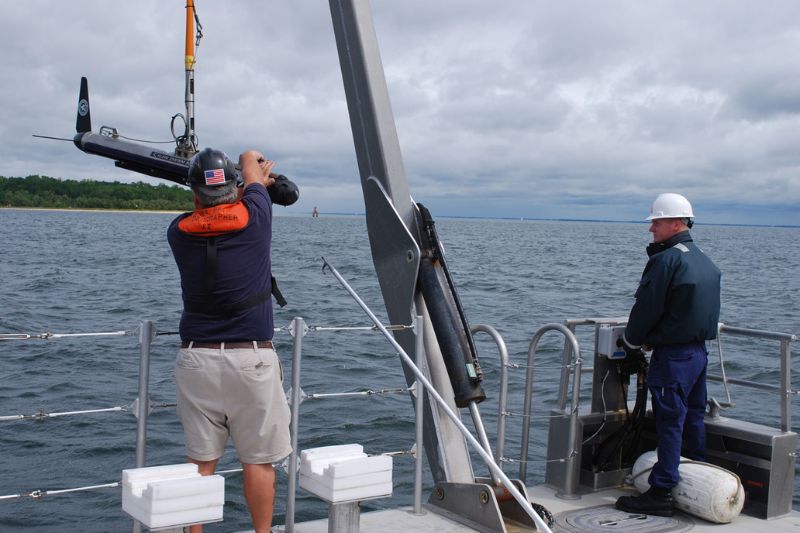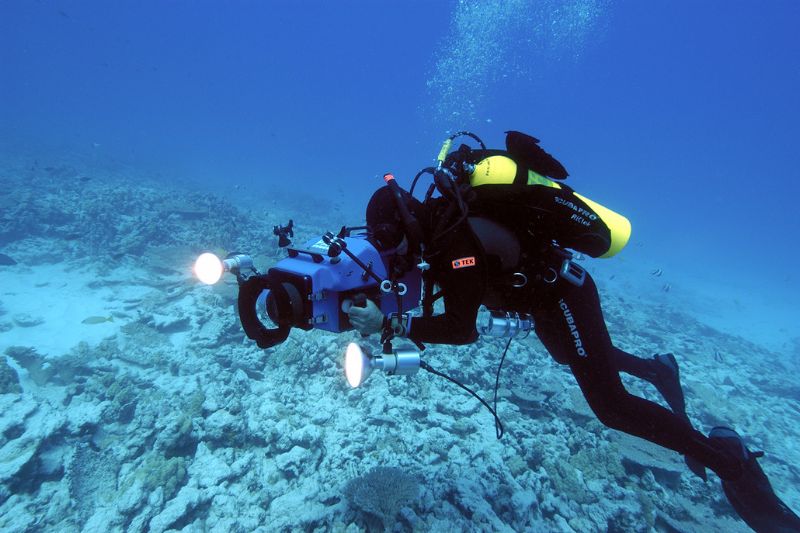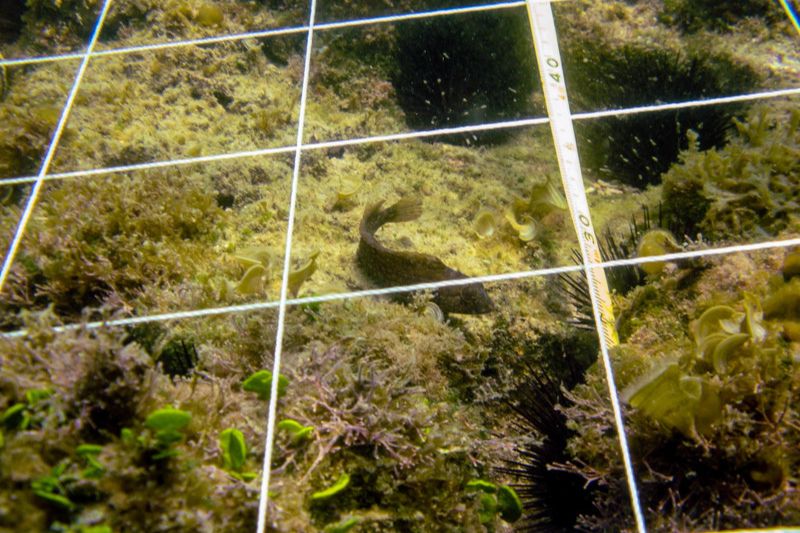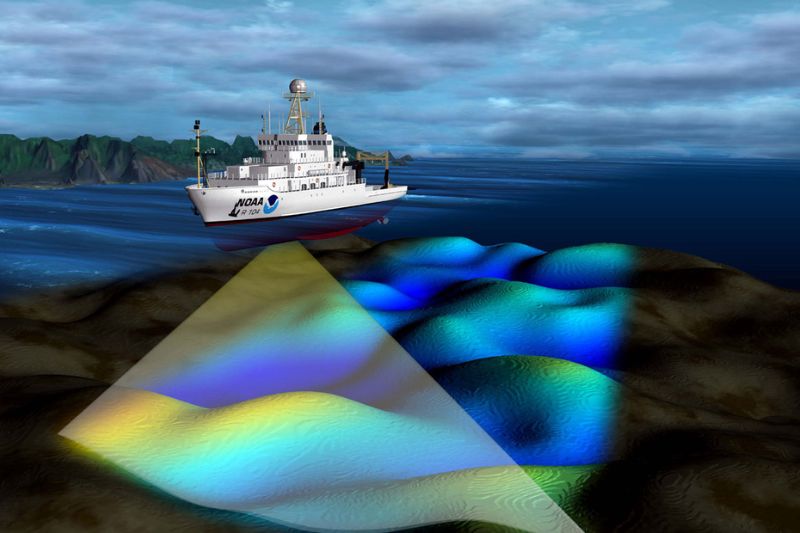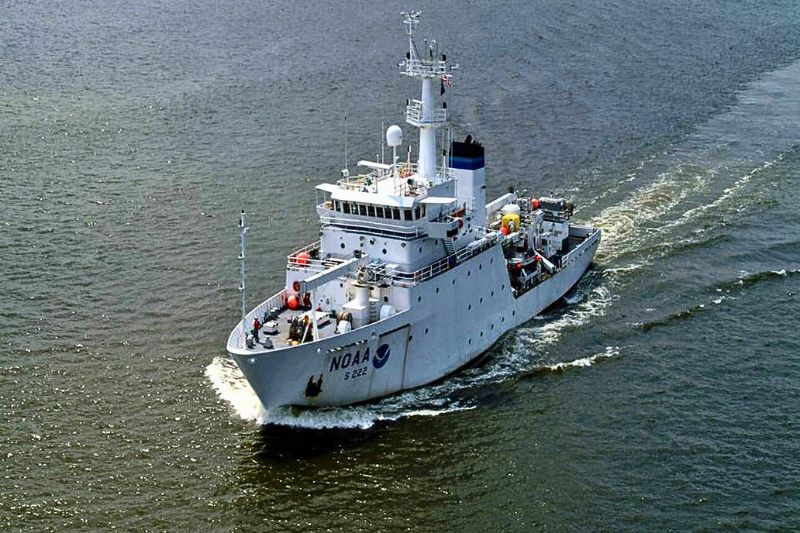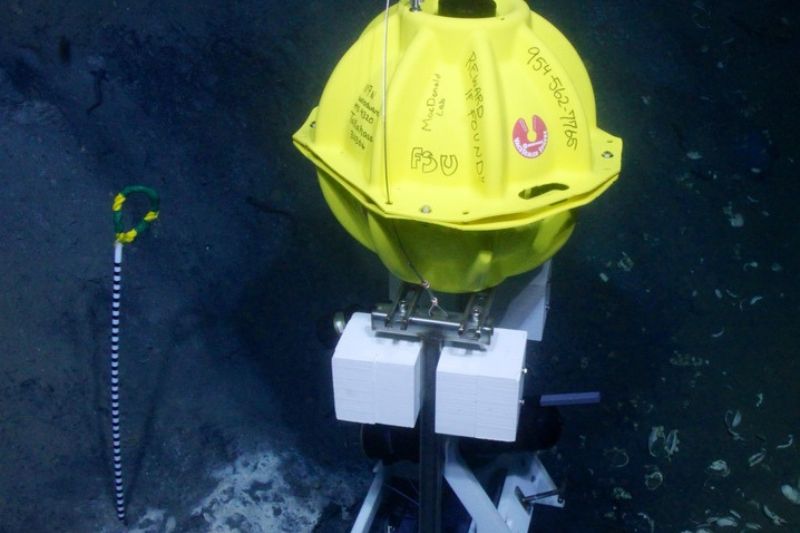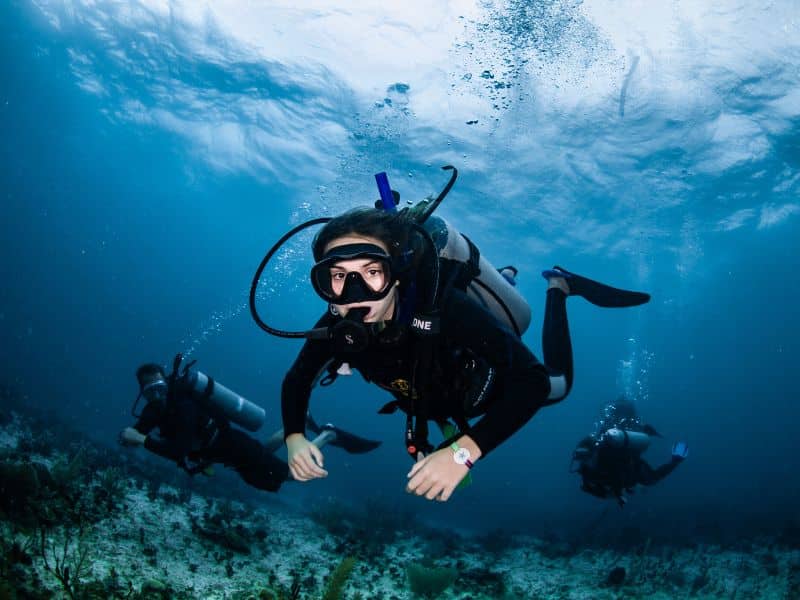2. The Unexplored Oceans: What’s Still a Mystery?
You already know the answer to how much of the sea has been explored: barely 20%. That means over 80% remains unknown, a map full of question marks.
The unexplored parts of the ocean are vast and gigantic. There are the deepest trenches, abysmal zones no robot has ever touched. Places where light doesn’t reach, and yet life somehow thrives.
Every unexplored ocean hide species we’ve never seen. Transparent creatures, glowing beings, huge or tiny. No one knows exactly what’s in the ocean beyond the familiar depths.
Major Unexplained Ocean Mysteries
a. Unexplained Phenomena and Events
The Bermuda Triangle. The Devil’s Sea in Japan. Zones where ships and planes vanish without a trace. Human error? Nature? Or maybe something else entirely.
https://en.wikipedia.org/wiki/Bermuda_Triangle
Ghost ships like the Kaz II, found adrift without a crew, are more proof that the sea keeps secrets.
b. Mysterious Sounds
In 1997, a massive sound shook the Pacific. They called it The Bloop. Some said, “a sea monster.” Then they blamed icebergs. But many ocean noises remain unexplained, like the Upsweep or the Ping in the Canadian Arctic.
c. Strange Structures
The Yonaguni Monument in Japan. Natural formation? Or ruins of a lost civilization?
The Baltic Sea Anomaly, a circular shape on the seafloor that looks like it came straight out of the X-Files.
d. Biological Mysteries
The immortal jellyfish that rejuvenates instead of dying. The twilight zones of the deep ocean, full of unknown zooplankton species that control the planet’s carbon. And abyssal creatures that survive where no human ever could.
e. Environmental Mysteries
The milky sea, were thousands of kilometers of ocean glow thanks to luminous bacteria. No one knows what triggers them.
And plastic? Millions of tons enter the ocean. We find a fraction. The rest… where is it?
f. Geological and Chemical Mysteries
Thousands of unmapped underwater volcanoes. Hydrothermal vents creating alien-like worlds on Earth. Massive methane leaks. And oxygen produced in total darkness, without sunlight.
All of this reinforces the question we can’t stop asking: how much of the sea has been explored? Because the more we discover, the more questions arise.
Why Are the Oceans Still So Mysterious?
We already know the answer to how much of the sea has been explored: very little. But the most interesting part is understanding why. What makes the ocean so elusive?
The answer lies in its extreme conditions.
Down there, the pressure is a thousand times that at the surface, enough to crush most equipment.
Temperatures approach freezing. Darkness is total just a few hundred meters down. Result? Every meter of progress in ocean exploration is a massive technical challenge.
Saltwater doesn’t make things easier either. It corrodes and destroys equipment, meaning each expedition lasts far less than we’d like.
And then there are technological barriers. Radio and GPS don’t penetrate water. Navigation and real-time control are nearly impossible. Sound is all we’ve got, but acoustic methods are expensive, slow, and far less precise.
ROVs and submarines work, yes. But they cost millions and can only operate for short periods. The same goes for sonar: mapping the seafloor is slow, expensive, and frustrating.
The biggest obstacle? Money. Compared to space, sea exploration gets crumbs. NASA’s budget for a single year could fund ocean exploration for 1,600 years. Yes, you read that right.
Add the lack of experts and the difficulty of reaching remote regions, ice-covered zones, or storm-battered seas. Result? The ocean remains a huge enigma.
And every time someone asks how much of the ocean have we explored, the answer is always the same: very little, because the conditions are stacked against us.
Recent Discoveries That Deepen the Mystery
Just when you think we’ve seen it all… the ocean proves us wrong.
In 2023, a mysterious golden orb appeared in the Gulf of Alaska. Biological, yes. But still unidentified. Nobody knows its purpose or origin.
That same year, we filmed the deepest fish ever seen, over 8,230metres/ 27,000 feet down. A record that forces us to rethink the limits of life.
In 2024, more than 100 new species were identified in the Pacific: corals, fish, and creatures that seem out of this world.
And every ocean floor exploration campaign reveals underwater mountains we didn’t even know existed. Thousands of hidden volcanoes beneath the waves.




